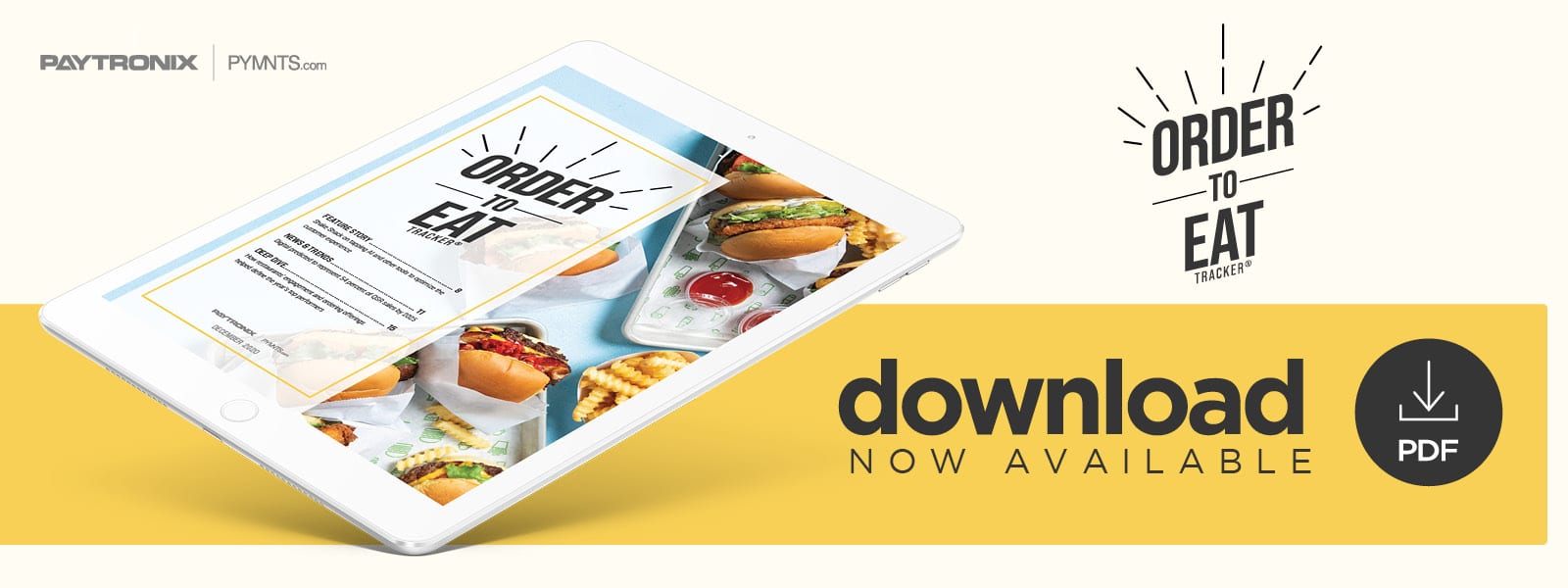Shake Shack On Tapping AI And Other Tools To Optimize The Customer Experience

Fast-tracking digital investments has not only become a priority for QSRs during the pandemic, but a necessity, says Steph So, head of digital experience for Shake Shack. She details how the burger chain is eyeing artificial intelligence and machine learning to optimize its payments experience and boost its ordering and pickup capabilities in the latest Order to Eat Tracker.
It’s no secret that restaurants have been hurting since the pandemic caused a seismic, almost-overnight shift in their customer engagement strategies. The health crisis has forced the sector to hasten its use of technology to improve customers’ experiences at the drive-thru, to streamline curbside pickup orders and to cater to a limited number of dine-in patrons.
This pressure to innovate is affecting QSRs of all sizes, from independent eateries serving loyal local followings to national or even international behemoths reaching millions of customers each year. New York-based burger chain Shake Shack is no exception. The QSR began as a hot dog stand in New York City’s Madison Square Park in 2001 and has since grown to become a global brand, with more than 250 locations around the world.
Steph So, who joined the company as head of digital experience just three months before the pandemic began, said Shake Shack, like most QSRs, has been fast-tracking technology this year to respond swiftly to customers’ new needs. She explained in an interview with PYMNTS that while digital improvements have always been a priority, they have become a necessity during the past eight months.
“Since the pandemic began, we have accelerated our digital investment,” she said. “I don’t see that slowing down.”
Ordering innovations have been especially useful as more consumers tap digital and mobile channels to select and purchase their desired menu items, So said. Shake Shack, for example, has relied on its Shack Track digital preordering and fulfillment platform, which allows customers to preorder online or via the chain’s Shack App and to pick up their food at walk-up or drive-up windows, curbside or in stores. The QSR also debuted a pilot program in December that allowed mobile app users to have their food delivered via Uber Eats. The restaurant now plans to expand this delivery option nationwide in 2021.
“This is the first time we have offered delivery directly through the Shack App, so we’re really looking forward to seeing how this feature takes off,” So said.
Following customers’ lead on rolling out innovative ordering options and services has also been critical to keeping them engaged, So explained. Shake Shack has explored various order fulfillment options to get guests the food they crave using their preferred methods, and listening to their requests and feedback will remain part of the QSR’s strategy for years to come.
“We listened to our guests and witnessed the experiences they were having, and we worked flexibly and quickly to provide them with an array of options that gave them the accessibility and comfort they desired,” So said.
Post-Pandemic Moves
Restaurants around the nation are still working to shake off the pandemic’s effects, even as they invest in digital solutions to meet customers’ new habits. Shake Shack reported that its Q3 sales were down 18 percent compared to the same period last year. These results still marked an improvement compared to Q2, when sales were down 45 percent year over year, and So noted that digital comprised 60 percent of total Shack sales in Q3. QSRs are also facing lingering challenges that began before the pandemic, with one survey noting that the 2008 recession took a toll on the space and prompted a period of less robust growth.
Many QSRs are up to the test, however, and are looking to digital tools to help them on the road to recovery. So said Shake Shack is examining the use of artificial intelligence (AI) and machine learning (ML) to boost its ordering, payment and pickup capabilities and help grow its customer base.
“Our digital strategy is all about bringing enlightened hospitality to a digital scale and providing a personal, not just personalized, experience for each of our guests,” she said. “While we don’t have any plans to share just yet, we are looking at components such as AI to build into our toolkit.”
The past year has proved to be challenging and at times perilous for QSRs as they work to take all facets of their operations digital. Paying attention to new technologies such as AI and examining which ordering channels and payment methods most appeal to customers can give QSRs a leg up on competitors as they craft business strategies for the future.

